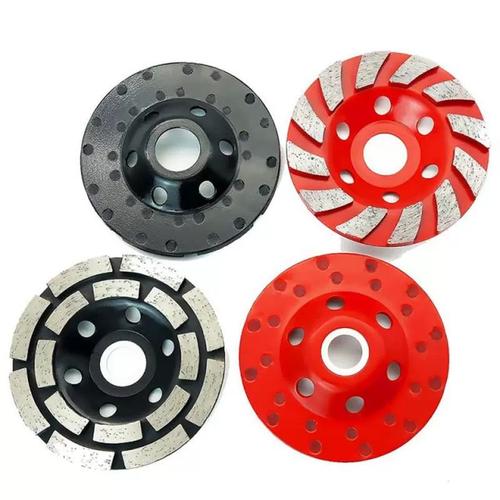Sanding Concrete: A Comprehensive Guide
When it comes to preparing concrete surfaces for painting, staining, or sealing, sanding is a crucial step. It not only enhances the appearance of the surface but also ensures that the finish adheres properly. In this article, we will delve into the various aspects of sanding concrete, including the types of sandpaper, the sanding process, and the benefits it offers.
Types of Sandpaper
There are several types of sandpaper available, each with its unique characteristics and uses. Here’s a brief overview:

| Type | Description | Best Use |
|---|---|---|
| Coarse | Has larger abrasive particles, making it ideal for removing paint or heavy imperfections. | Preparation for painting or sealing |
| Medium | Smaller abrasive particles than coarse sandpaper, suitable for smoothing out rough surfaces. | Finishing before applying a finish |
| Fine | Finer abrasive particles, perfect for achieving a smooth, polished finish. | Final sanding before painting or sealing |
| Very Fine | Extremely fine abrasive particles, ideal for achieving a high-gloss finish. | Final sanding for a mirror-like finish |
Choosing the right type of sandpaper is essential to achieve the desired outcome. For instance, using a fine sandpaper on a rough surface may not provide the desired results, while using a coarse sandpaper on a smooth surface may damage the finish.
The Sanding Process
Now that we’ve discussed the types of sandpaper, let’s dive into the sanding process itself. Here’s a step-by-step guide to help you sand your concrete surface effectively:
-
Prepare the surface: Clean the concrete surface thoroughly to remove any dirt, dust, or debris. This will ensure that the sandpaper can work effectively on the surface.
-
Choose the right sandpaper: Select the appropriate type of sandpaper based on the surface condition and the desired outcome.

-
Use a sanding block or sanding pole: For larger surfaces, a sanding pole with a sanding block attachment is ideal. For smaller areas, a sanding block or sandpaper hand sander will suffice.
-
Start sanding: Begin sanding the surface in a consistent, overlapping pattern. Apply even pressure to avoid creating uneven grooves or scratches.
-
Check the surface: Periodically inspect the surface to ensure that the sanding is even and consistent. If necessary, switch to a finer grit sandpaper to achieve a smoother finish.
-
Clean the surface: Once the desired level of smoothness is achieved, clean the surface thoroughly to remove any sanding dust or debris.
It’s important to note that sanding concrete can be a dusty and time-consuming process. Therefore, wearing a dust mask and protective eyewear is essential to avoid inhaling particles or getting dust in your eyes.
Benefits of Sanding Concrete
Sanding concrete offers several benefits, including:
-
Improved adhesion: Sanding creates a rough surface that allows paints, stains, and sealants to adhere better, resulting in a longer-lasting finish.
-
Enhanced appearance: Sanding removes imperfections and smooths out rough surfaces, giving the concrete a more polished and attractive look.
-
Increased durability: A well-sanded and properly sealed concrete surface is more resistant to wear and tear, making it a more durable option for high-traffic areas.
-
Cost-effective: Sanding concrete is a cost-effective alternative to replacing the entire surface, as it can breathe new life into an existing concrete floor or wall.
In conclusion, sanding concrete is a vital step in preparing the surface for painting, staining, or sealing. By understanding the types of sandpaper, the sanding process, and the
